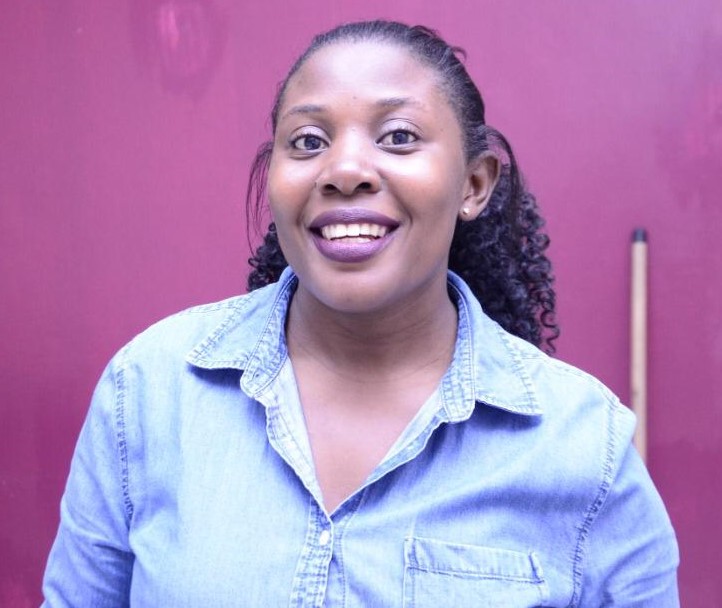Menstruation is a naturally occurring physiological phenomenon in adolescent girls and pre-menopausal women. Menstrual Hygiene Management (MHM) is defined as an act and process of Women and adolescent girls using a clean menstrual management material to absorb or collect blood, change materials in privacy as often as necessary for the duration of the menstruation period, using soap and water for washing the body as required, and having access to facilities to dispose of used menstrual management materials’.
Menstruation necessitates the availability of material resources to absorb or collect menstrual blood, facilitate personal hygiene and dispose of waste, ideally with adequate privacy. Women and girls in low income settings have low awareness on hygienic practices and lack culturally appropriate materials for menstrual hygiene management (MHM) practice and as a result menstruation and associated activities are surrounded by silence, shame and social taboos that are further manifested in social practices that restrict mobility, freedom and access to normal activities.
At least 500 million women and girls globally lack adequate facilities for menstrual hygiene management (MHM). Inadequate WASH (water, sanitation and hygiene) facilities, particularly in public places, such as in schools, workplaces or health centers, can pose a major obstacle to women and girls. The lack of separate toilets with doors that can be safely closed, or the unavailability of means to dispose of used sanitary pads and water to wash hands, means that women and girls face challenges in maintaining their menstrual hygiene in a private, safe and dignified manner.
The vision behind 28th May which is the world Menstrual Hygiene Day is seeing a world in which every woman and girl is able to manage her menstruation in a hygienic way in safety, privacy, and with dignity wherever they are.
Menstrual hygiene needs are not only specific and pressing to women and girls in reproductive age but also access to materials for the management of the menstrual period, which constitutes a basic reproductive health right and have profound psycho social impact if unmet.
The silence and social stigma surrounding menstruation will only be broken when women and girls, along with their families, communities, and support systems are equipped and educated with factual information and encouraged to engage in healthy dialogue concerning MHM.
By Mr. Ogwang Christopher
Community Empowerment Program
Program Officer at Center for Health, Human rights and Development (CEHURD).




